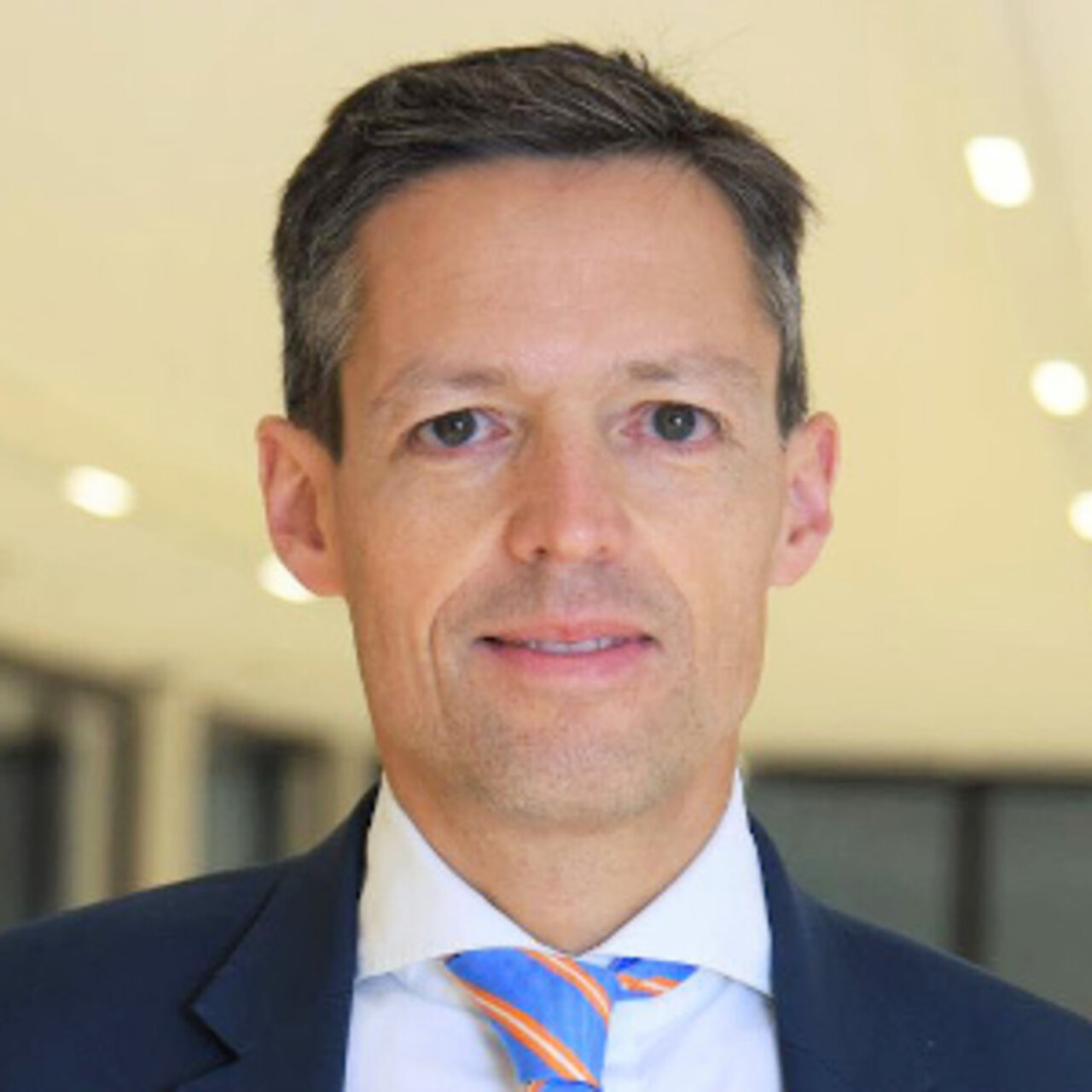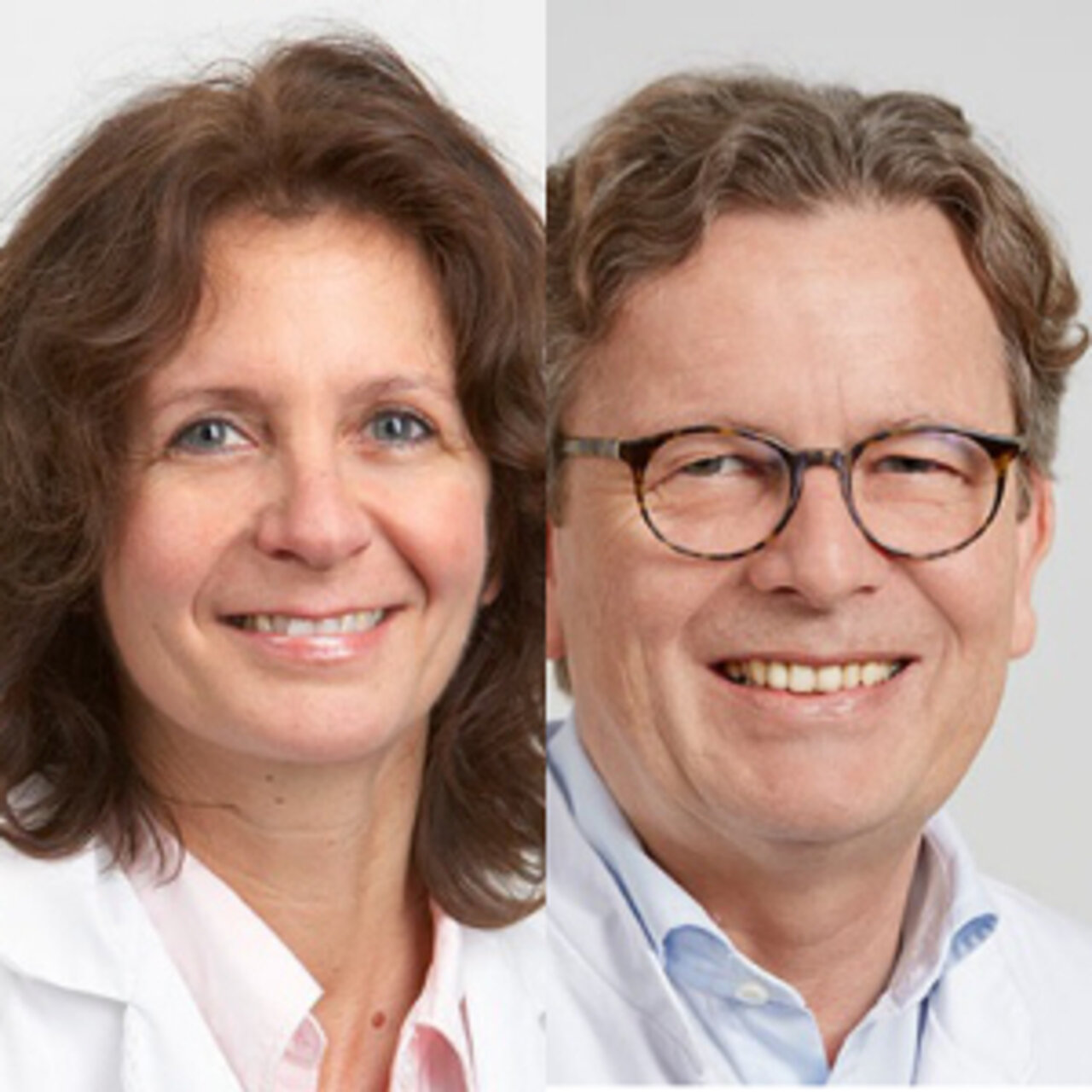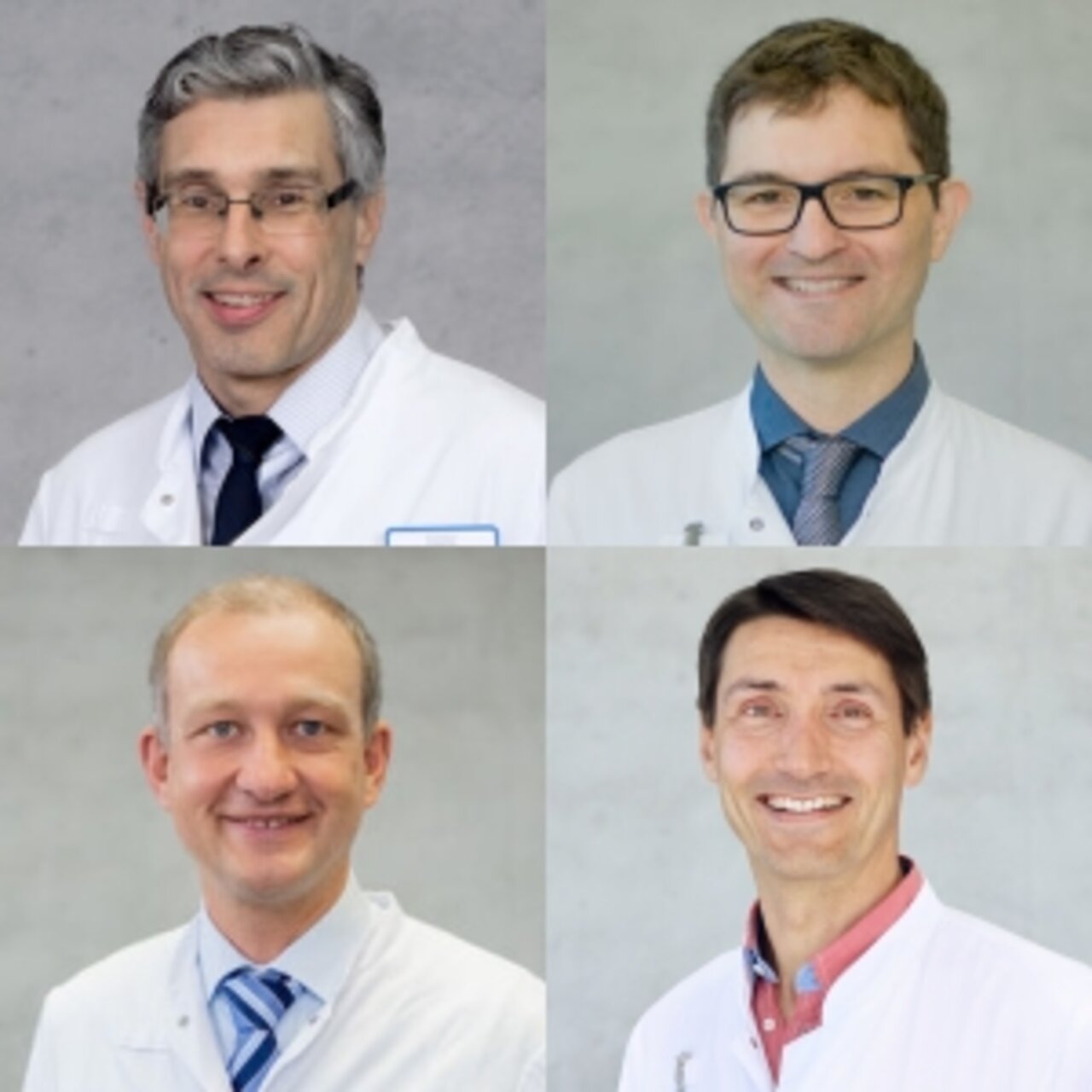Specialists in Stroke
3 Specialists found
Kliniken Schmieder Allensbach and Heidelberg
Acute Neurology, Neurological Early Rehabilitation and Rehabilitation, Neuroradiology and Radiology
Allensbach
Information About the Field of Stroke
What is a Stroke?
Strokes are feared sudden incidents that can result in severe disabilities. In a stroke, brain cells have a lack of oxygen and die quickly if interventions are not provided, which can cause brain functions to fail partially or completely.
Possible symptoms of a stroke include paralysis, loss of consciousness, or numbness. Time is an extremely important factor after the stroke occurred.
The earlier an affected patient is treated, the greater is the chance of saving the affected brain cells. Therefore, it is also important for a non-professional person to know the signs of a stroke and to call an emergency doctor immediately if a stroke is suspected.
What Happens During a Stroke?
About 80% of all strokes are caused by a circulation disorder in the brain. It comes to one or more constricted or even blocked blood vessels caused by deposits on the vessel walls or a blood clot. The affected brain regions are no longer supplied with sufficient oxygen and nutrients. Nerve cells die off after a short time.
Both, large brain arteries and small vessels inside the brain can be blocked during a stroke. The extent of brain damage depends on the area of the affected artery. Bleedings into the brain tissue are the cause of a stroke in 10 to 15% of all patients.
What Causes a stroke?
A circulatory disorder can also be caused by a blood clot (thrombus). The blood clot is formed by blood platelets. These blood platelets, also called thrombocytes, are supposed to quickly close injuries of the blood vessels. The thrombi do not usually develop in the head, but in other parts of the body. There, they eventually separate from the arterial wall and are washed into the head with the bloodstream. As soon as the thrombus reaches a position in the artery that is not wide enough, it gets stuck and blocks the way for the flowing blood.
Bleedings in the head can occur when the blood pressure in the arteries is too high and/or the vessel walls are damaged. This causes the blood vessel to pop because the vessel wall can no longer withstand the pressure of the blood flow. Vascular malformations such as aneurysms can also cause a cerebral hemorrhage.
Symptoms: How is a Stroke Noticed?
Strokes are individual and can occur without symptoms or strong signs. The degree of disability after a stroke also varies. Most strokes occur suddenly without warning. Depending on the affected brain area, it comes to motoric, sensory, and cognitive deficits. Specifically, this means:
- Movement Disorder
- Tingling, burning, pulling in certain parts of the body
- Feelings of numbness
- Impaired vision
- Imbalance
- Weakness or paralysis
- Headache
- Nausea and vomiting
- Shortness of breath
- Disorders of the bladder function
- Speech and language disorders
Stroke Diagnosis
If a stroke is suspected, it must be determined whether it is bleeding or a blockage, for the subsequent therapy. This distinction is best made by cranial computer tomography (cCT). Sectional images of the head are created with X-rays and combined to form a 3D image on the computer. The advantage of a CT is that it is carried out particularly fast and fresh bleedings are well visible.
Another diagnostic option is cranial magnetic resonance imaging. This is also sectional imaging of the head. The advantage compared to a cCT is the improved imaging of the affected brain area and surrounding swelling.
Stroke Therapy
Patients are treated in a special ward, the stroke unit. First of all, the blood flow to the brain has to be restored. Lysis therapy serves this purpose. Certain substances, preferably the recombinant tissue plasminogen activator rtPA, are used to dissolve the blood clot. A time frame of maximally 4.5 hours after the stroke occurred is required for this method.
Lysis therapy is no longer useful after this time frame. If a large brain-supplying vessel is blocked, mechanical recanalization can also be carried out. This is also possible after lysis therapy. The maximum time frame for this intervention is 6 hours. A metal wire with a stent is forwarded through the inguinal artery into the head to the occluded area in a recanalization. The stent is pushed through the occluded area and reopens the artery. Then, the stent is placed there and attached to prevent the artery from another occlusion. But, this procedure is used relatively rarely in stroke patients. Only 1-5% of patients with occlusion are eligible for this procedure.
Stroke Prognosis
The course of the disease and the chances of recovery from a stroke primarily depend on the location and size of the permanent brain damage. 20% of those affected die after 4 weeks, 50% of the survivors remain in need of care and stay severely disabled due to their disabilities.
The period a patient stays in the hospital is decided individually by the doctors. The older patients are, and the more severe the disabilities are after the stroke, the worse is the prognosis. Younger patients have a better chance that the occurred disabilities will regress to a large extent.
General treatments to prevent another stroke or vascular disease should be carried out. This includes the adequate adjustment of the underlying diseases such as diabetes, high blood pressure, hypercholesterolemia, etc. Continuous blood thinning should be considered.
Rehabilitation After a Stroke
In most cases, rehabilitation follows after an inpatient stay. The patients are treated by physiotherapists and speech and occupational therapists during this period. The aim of rehabilitation is to live with permanent impairments and manage the daily routine. In most cases, rehabilitation takes place in an inpatient setting in a specialized clinic. There are outpatient clinics for less severe cases. Depending on the degree of disability, a period of 4 to 6 weeks of rehabilitation is recommended.
Which Doctors and Clinics Are Stroke Specialists?
Doctors of neurology and neuroradiology work hand in hand when it comes to stroke patients. The CT and MRI images are evaluated by neuroradiologists who also carry out recanalization. Neurologists are responsible for medicated therapy and follow-up care. In clinics for neurology, both departments work closely together in stroke units.
We help you to find an expert for your disease. All listed doctors and clinics have been checked by us for their outstanding specialization in the field of stroke and are waiting for your inquiry or treatment request.
Sources:
- 1. Ringleb, Veltkamp: S2k-Leitlinie Akuttherapie des ischämischen Schlaganfalls – Rekanalisierende Therapie. Deutsche Gesellschaft für Neurologie (DGN). Status October 2015.
- Mumenthaler, Mattle: Neurologie. 12th edition. Thieme 2008, ISBN 978-3-133-80012-9.
- Kumar et al.: Medical complications after stroke. In: The Lancet Neurology. Volume 9, number 1, 2010, doi: 10.1016/s1474-4422(09)70266-2, S. 105–118.
- Drahn: Schmerzen nach Schlaganfall. In: CardioVasc. volume 17, number 5, 2017, doi: 10.1007/s15027-017-1053-9, pp. 34–40.
- Paciaroni, Bogousslavsky: Pure Sensory Syndromes in Thalamic Stroke. In: European Neurology. Volume 39, number 4, 1998, doi: 10.1159/000007936, pp. 211–217.
- Diener: Der Schlaganfall. Georg Thieme Verlag 2004, ISBN 978-3-131-36291-9.
- Sacco et al.: An Updated Definition of Stroke for the 21st Century: A Statement for Healthcare Professionals From the American Heart Association/American Stroke Association. In: Stroke. Volume 44, number 7, 2013, doi: 10.1161/str.0b013e318296aeca, pp. 2064–2089.
- Easton et al.: Definition and Evaluation of Transient Ischemic Attack. In: Stroke. Volume 40, number 6, 2009, doi: 10.1161/strokeaha.108.192218, pp.2276–2293.
- Vahedi et al.: Early decompressive surgery in malignant infarction of the middle cerebral artery: a pooled analysis of three randomised controlled trials. In: The Lancet Neurology. Volume 6, number 3, 2007, doi: 10.1016/s1474-4422(07)70036-4, pp. 215–222.
- Hamer: Epileptische Anfälle und Epilepsien nach „Schlaganfall“. In: Der Nervenarzt. Volume 80, number 4, 2009, doi: 10.1007/s00115-009-2680-x, pp. 405–414.
- Roffe et al.: Effect of Routine Low-Dose Oxygen Supplementation on Death and Disability in Adults With Acute Stroke. In: JAMA. Volume 318, number 12, 2017, doi: 10.1001/jama.2017.11463, pp. 1125.
- Masuhr, Neumann: Duale Reihe Neurologie. 6th edition. Thieme 2007, ISBN 978-3-131-35946-9.
- Evans et al.: Revolution in acute ischaemic stroke care: a practical guide to mechanical thrombectomy. In: Practical Neurology. Volume 17, number 4, 2017, doi: 10.1136/practneurol-2017-001685, pp. 252–265.
- Endres et al.: S3-Leitlinie Sekundärprophylaxe ischämischer Schlaganfall und transitorische ischämische Attacke. Deutsche Schlaganfall-Gesellschaft (DSG), Deutsche Gesellschaft für Neurologie (DGN). Status January 2015. Accessed November 14, 2017.
- Veltkamp et al.: S1-Leitlinie Akuttherapie des ischämischen Schlaganfalls. Deutsche Gesellschaft für Neurologie (DGN). Status September 2012. Accessed November 14, 2017.
- Reith et al.: Body temperature in acute stroke: relation to stroke severity, infarct size, mortality, and outcome. In: The Lancet. Volume 347, number 8999, 1996, doi: 10.1016/s0140-6736(96)90008-2, pp. 422–425.
- Rillig et al.: Interventionelle Schlaganfallprophylaxe. In: Herz. Volume 40, number 1, 2015, doi: 10.1007/s00059-014-4198-7, pp. 50–59.
- Hufschmidt et al.: Neurologie compact. 7th edition. Thieme 2017, ISBN 978-3-131-17197-9.
- Hennerici et al.: S1-Leitlinie Diagnostik akuter zerebrovaskulärer Erkrankungen. Deutsche Gesellschaft für Neurologie (DGN). Status December 2016.
- Schott: From thalamic syndrome to central poststroke pain. In: Journal of neurology, neurosurgery, and psychiatry. Volume 61, Number 6, 1996, pp. 560–4.


